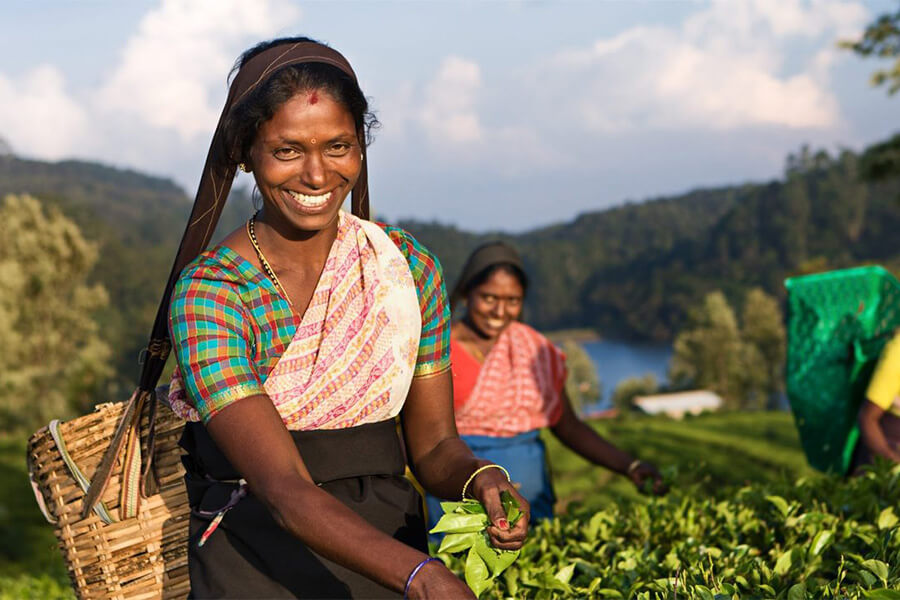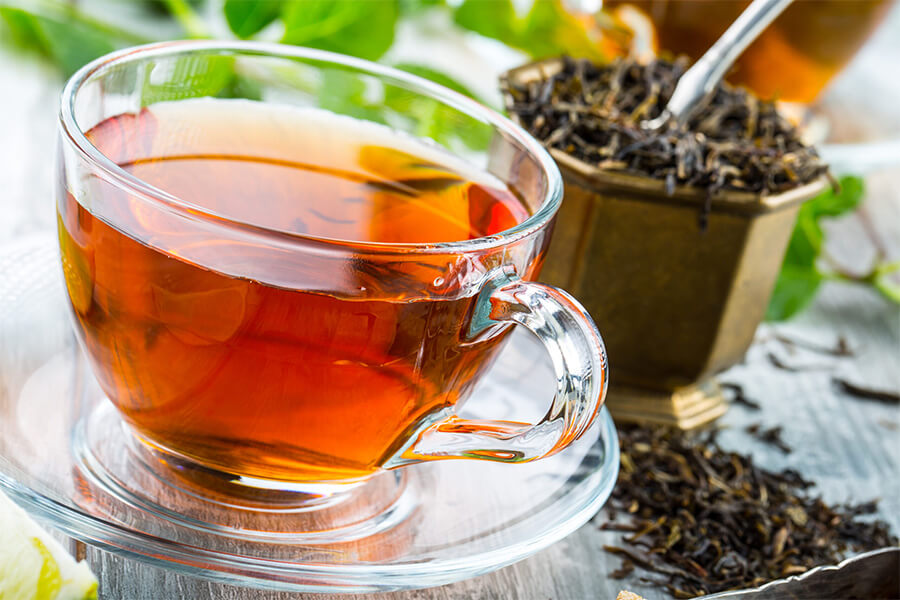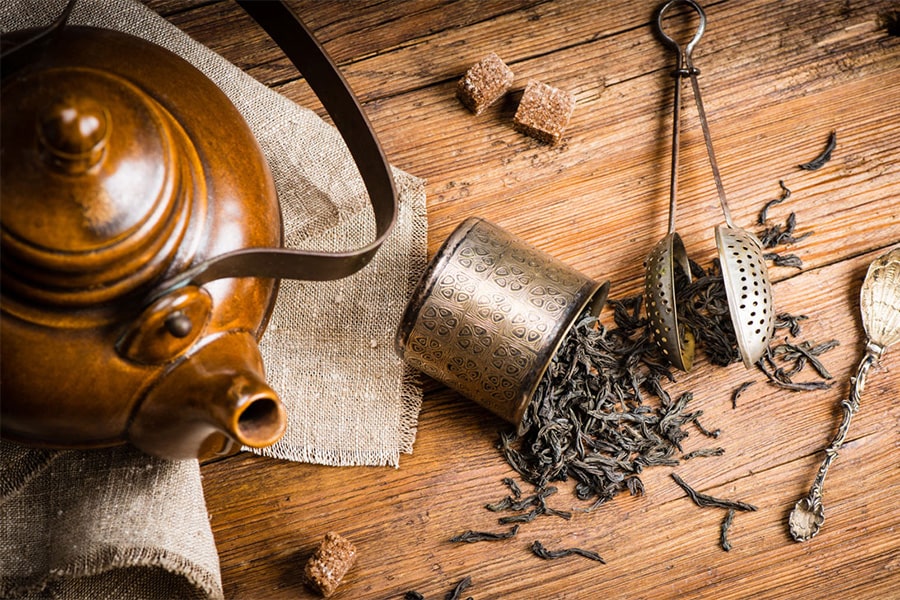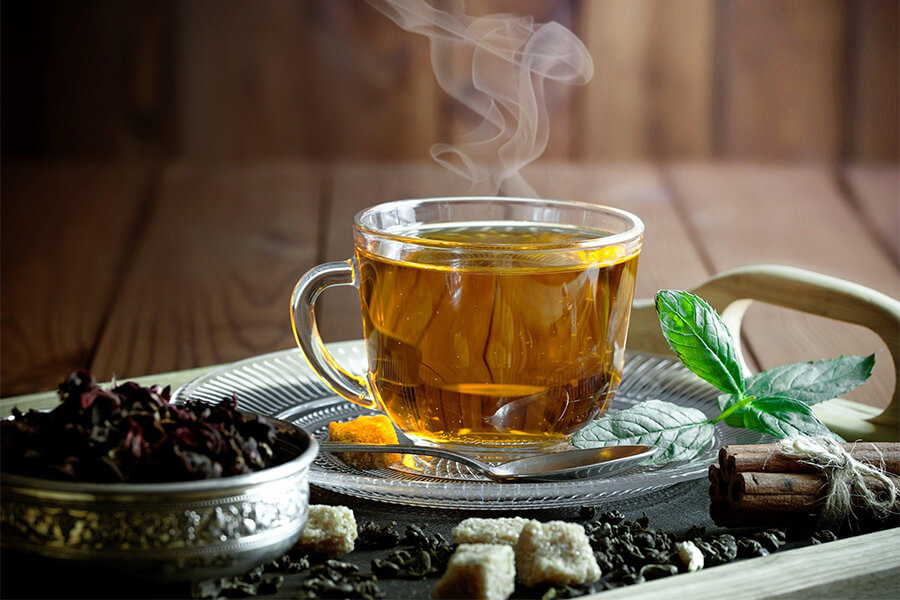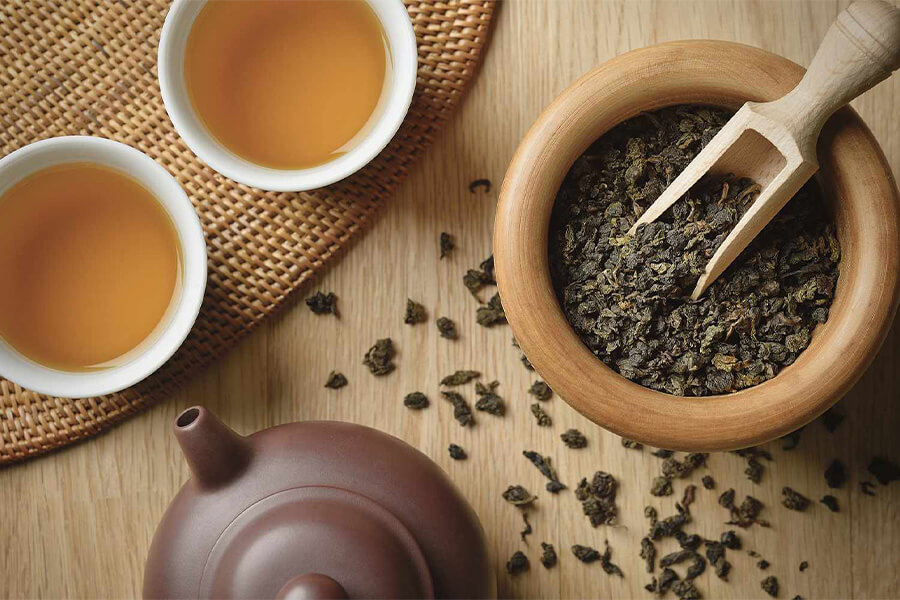When exploring Sri Lanka local tour packages, one experience that truly stands out is tasting the world-renowned Ceylon tea. Grown in the lush highlands of Sri Lanka, Ceylon black tea has become a global symbol of quality, flavor, and tradition. From tea plantations in Nuwara Eliya to factory tours in Kandy, Ceylon tea is not just a beverage - it’s a cultural heritage. Whether you’re a tea enthusiast or a curious traveler, discovering the story behind Ceylon tea adds depth and authenticity to any journey through Sri Lanka.
What Is Ceylon Tea?
Ceylon tea, named after Sri Lanka’s former colonial name, is celebrated as one of the world’s finest. Grown in the lush highlands of the island nation, it is renowned for its rich flavor, vibrant aroma, and exceptional quality. From the misty hills of Nuwara Eliya to the rolling estates of Dambulla, this iconic beverage embodies Sri Lanka’s agricultural heritage and global reputation. This article explores its history, health benefits, cultural significance, and brewing tips.
The Origin and History of Ceylon Tea
Production began in the 19th century when British colonizers introduced cultivation after a coffee blight devastated plantations. In 1867, James Taylor planted the first estate in Kandy, marking the industry’s birth. By the 20th century, Sri Lanka had become one of the top exporters, and its tea a symbol of quality and tradition worldwide.
Ceylon Tea Types: Black, Green, and White
This Sri Lankan specialty comes in three main varieties: black, green, and white. Black is the most famous, known for bold, robust flavors. Green has a lighter, grassy profile, while white, made from young buds, is delicate and rare. Each type reflects the unique terroir of regions like Uva, Kandy, and Nuwara Eliya.
Why Sri Lanka Tea Is Globally Renowned
The black variety is prized for its distinct flavor profiles—from brisk and citrusy to malty and full-bodied. Its quality stems from ideal climate conditions, high-altitude cultivation, and skilled hand-picking. Whether enjoyed plain or in blends like Earl Grey, its crisp taste and golden hue have earned a global fan base.
Ceylon Tea Benefits
Antioxidant Properties
Rich in polyphenols, this beverage helps combat free radicals and reduce oxidative stress. These antioxidants may lower the risk of chronic diseases like cancer and diabetes, making it a smart addition to any wellness routine.
Heart Health
Flavonoids in the tea support cardiovascular function by improving cholesterol levels and reducing blood pressure. Drinking 2–3 cups a day may help prevent heart disease and promote circulatory health.
Boosting Immunity
With catechins and theanine, Sri Lanka’s signature drink strengthens the immune system. These compounds help the body fight infection and inflammation, especially during colder seasons.
Weight Management
This tea may aid weight control by boosting metabolism and promoting fat oxidation. Its moderate caffeine level can increase energy expenditure, while polyphenols help curb appetite.
Ceylon Tea Caffeine – Is It Stronger Than Other Teas?
Caffeine Content: Black and Green
Black tea from Sri Lanka typically contains 50–90 mg of caffeine per cup, while the green variety ranges from 30–50 mg. Compared to teas like Indian Assam or Japanese matcha, it offers a balanced kick—energizing without overstimulation.
Who Should Be Cautious?
Its caffeine content is ideal for professionals or students needing gentle stimulation. However, those who are pregnant, caffeine-sensitive, or suffer from sleep issues should opt for decaf versions or limit intake.
Brewing Tips for Balanced Caffeine
To control caffeine levels, steep for 2–3 minutes at 195°F (90°C). Use one teaspoon of leaves per cup and avoid over-brewing to prevent bitterness and high caffeine extraction.
Ceylon Tea in Sri Lankan Culture and Daily Life
Hospitality Tradition
Serving tea is a symbol of warmth and welcome in Sri Lanka. Guests in homes or hotels are often greeted with a steaming cup, reflecting respect and connection in daily life.
Economic and Social Impact
Tea estates employ thousands and are crucial to the economy. Regions like Hatton and Nuwara Eliya rely heavily on the industry, which also preserves century-old agricultural traditions.
Tea Tourism in Sri Lanka
Travelers can visit estates such as Pedro or Lover’s Leap, tour scenic plantations, learn about processing, and sample fresh brews. These immersive experiences blend culture, heritage, and natural beauty.
How to Choose and Brew the Best Ceylon Tea
Buying Authentic Ceylon Black Tea
Look for the Lion Logo, certified by the Sri Lanka Tea Board, and buy from trusted brands or directly from estates. Labels like Dimbula or Uva indicate origin and authenticity.
Proper Brewing Techniques
Use fresh, filtered water. For black tea, steep at 200°F (93°C) for 3–5 minutes. For green or white, use cooler water and reduce steeping time to maintain taste and reduce bitterness.
Serving Suggestions
This drink can be enjoyed hot or iced. Add milk or lemon to enhance its flavor, or chill it with mint or fruit for a refreshing summer beverage.

